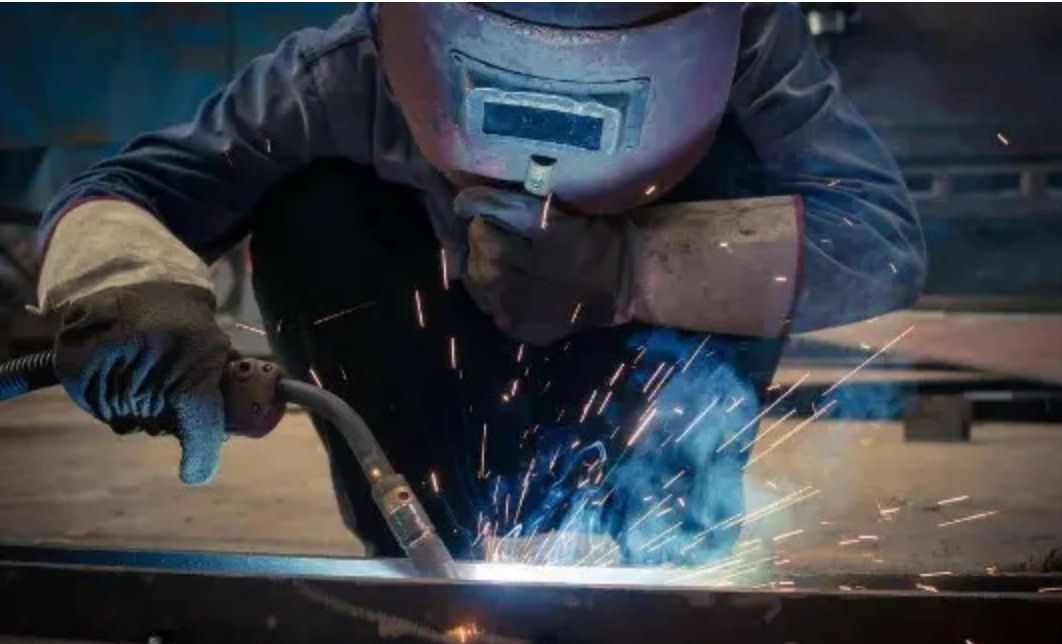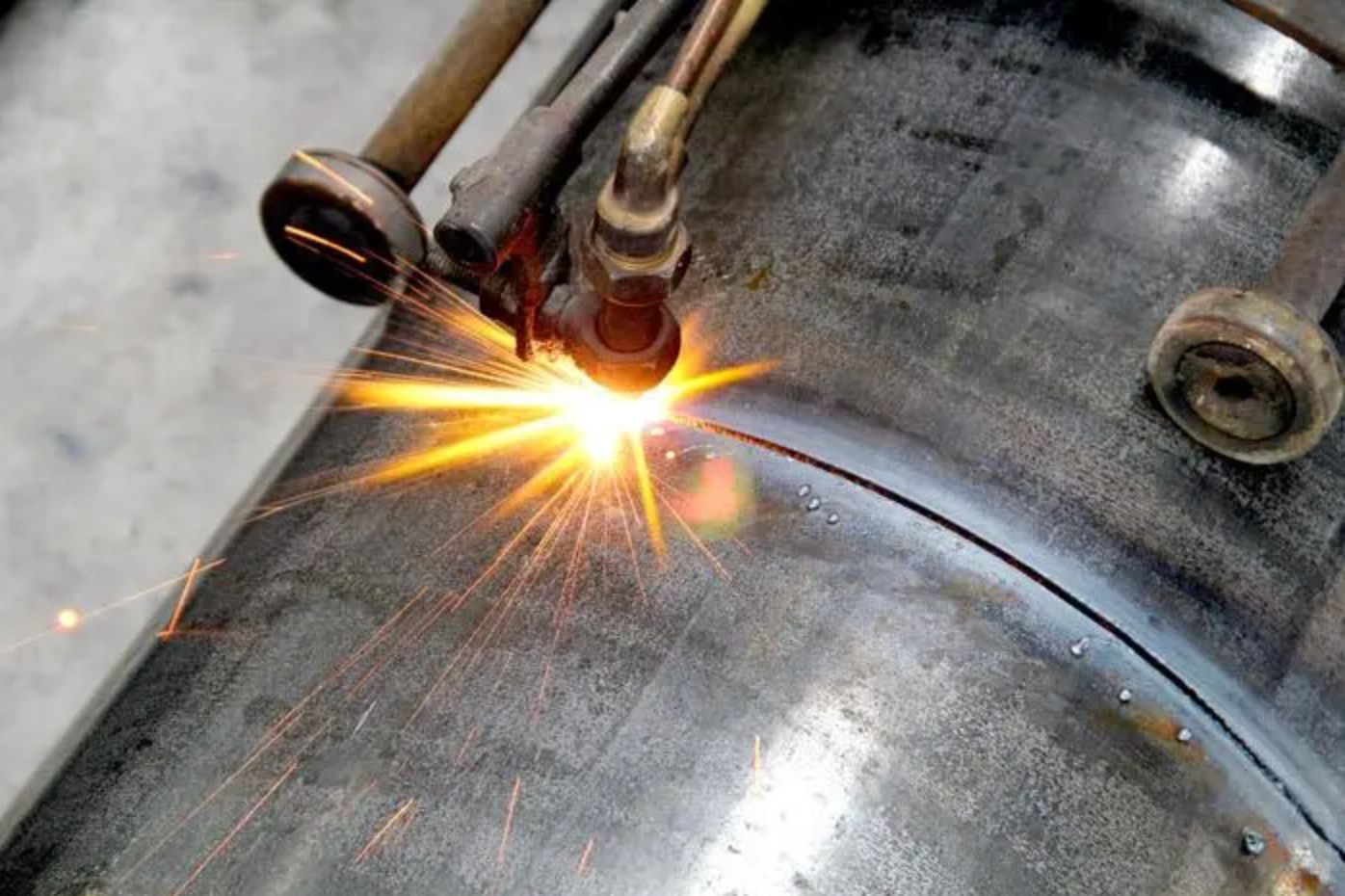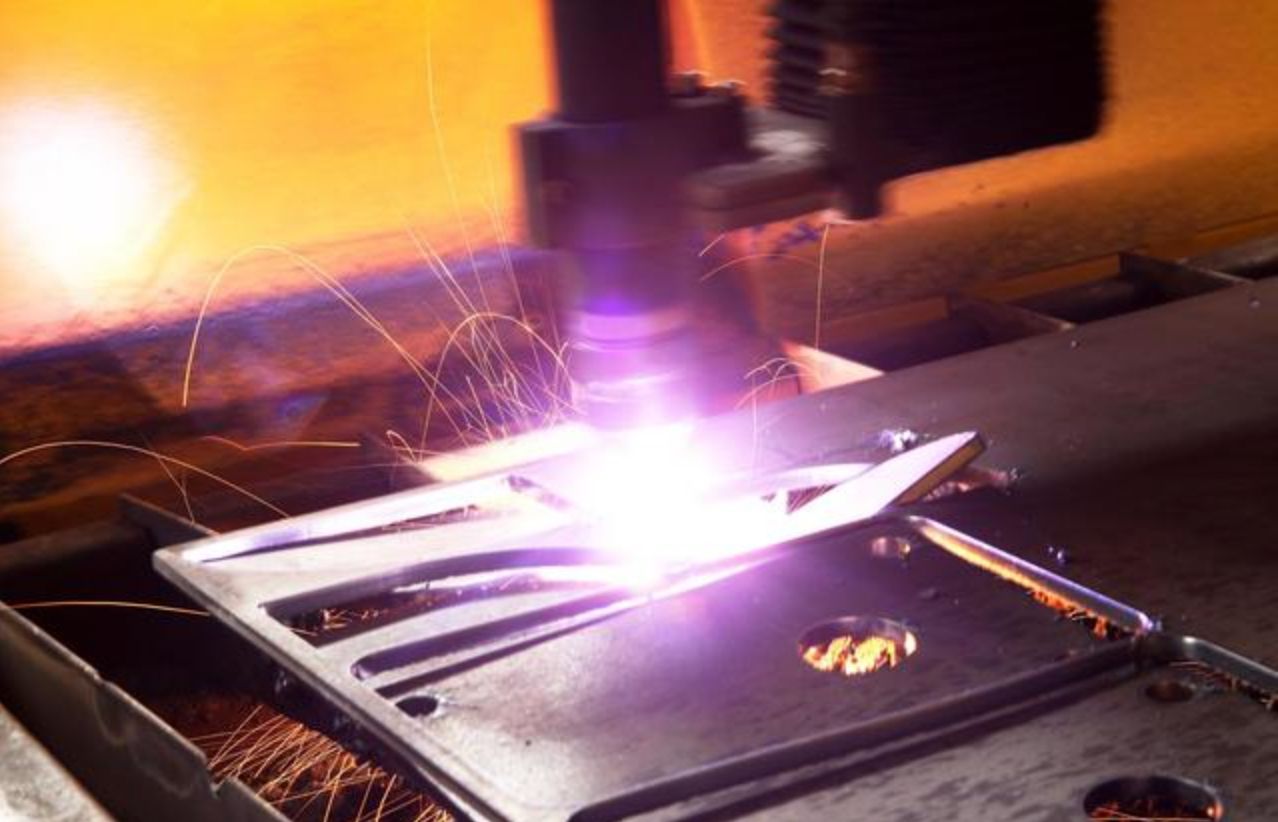З пастаянным развіццём тэхналогій зваркі і ўсё больш высокімі патрабаваннямі рынку да якасці зваркі, з'яўленне лазернай зваркі вырашыла попыт на высакаякасную зварку ў вытворчасці прадпрыемстваў, а таксама цалкам змяніла метад зваркі. Яе метад зваркі, які не забруджвае навакольнае асяроддзе і не выклікае радыяцыі, а таксама высокаэфектыўная і якасная тэхналогія зваркі пачалі паступова займаць долю рынку зварачных апаратаў.
Ці будзе традыцыйная кропкавая зварка заменена лазернай кропкавай зваркай?
А ў чым розніца паміж імі?
Давайце разгледзім характарыстыкі двух тыпаў зваркі:
Звычайна выкарыстоўваецца кропкавая зварачная машына.
Дык што ж такое кропкавая зварка?
Кропкавая зварка:метад зваркі, пры якім слупчаты электрод выкарыстоўваецца для ўтварэння плямы прыпою паміж кантактнымі паверхнямі дзвюх дэталяў, злучаных вежай, падчас зваркі.
Супраціўная зварка:
кантактная кропкавая зваркаГэта метад кантактнай зваркі, пры якім зварныя дэталі збіраюцца ў нахлест і прэсуюцца паміж двума слупчатымі электродамі, а асноўны метал плавіцца пад уздзеяннем кантактнага нагрэву для ўтварэння паяных злучэнняў. Яны злучаюцца невялікім самародкам; утвараюць паянае злучэнне пад уздзеяннем высокага току за кароткі час; і ўтвараюць паянае злучэнне пад сумесным дзеяннем цяпла і механічнай сілы. У асноўным выкарыстоўваецца для зваркі тонкіх пласцін, правадоў і г.д.
Лазерная зварка:
Лазерная зварка — гэта эфектыўны, дакладны, бескантактавы, не забруджвальны навакольнае асяроддзе і невыпраменьвальны метад зваркі, які выкарыстоўвае лазерны прамень высокай шчыльнасці энергіі ў якасці крыніцы цяпла. Ён не падвяргаецца ўздзеянню магнітных палёў (дугавая зварка і электронна-прамянёвая зварка лёгка падвяргаюцца ўздзеянню магнітнага поля) і дазваляе дакладна выраўноўваць зварныя канструкцыі. Матэрыялы, якія можна зварваць, будуць шырэйшымі, і можна зварваць нават розныя матэрыялы. Электроды не патрэбныя, і няма рызыкі забруджвання або пашкоджання электродаў. А паколькі гэта не адносіцца да працэсу кантактнай зваркі, знос і дэфармацыя станкоў могуць быць мінімізаваны.
Карацей кажучы, агульная прадукцыйнасць лазернай зваркі будзе лепшай, чым у традыцыйнай кантактнай кропкавай зваркі, яна можа зварваць больш тоўстыя матэрыялы, але, адпаведна, цана будзе значна даражэйшай. У цяперашні час тэхналогія кропкавай зваркі ў асноўным шырока выкарыстоўваецца ў вытворчасці літыевых акумулятараў, апрацоўцы электронных і электрычных кампанентаў, апрацоўцы аўтазапчастак, ліцці вырабаў і г.д. Што тычыцца бягучага агульнага попыту на тэхналогію зваркі, традыцыйная кантактная кропкавая зварка ўжо дастатковая для задавальнення вытворчых патрэб большасці галін прамысловасці. Такім чынам, які з двух апаратаў выбраць, у асноўным залежыць ад матэрыялу вырабу, які падлягае зварцы, узроўню попыту і, вядома ж, ад бюджэту пакупніка.
Інфармацыя, прадстаўленая Styler («мы», «нас» або «наш») на («Сайт»), прызначана толькі для агульнай інфармацыі. Уся інфармацыя на Сайце прадастаўляецца добрасумленна, аднак мы не даем ніякіх заяў або гарантый любога роду, відавочных або ўскосных, адносна дакладнасці, адэкватнасці, абгрунтаванасці, надзейнасці, даступнасці або паўнаты любой інфармацыі на Сайце. НІ ПРЫ ЯКІХ АБСТАВІНАХ МЫ НЕ НЯСЕМ АДКАЗНАСЦІ ПЕРАД ВАМІ ЗА ЛЮБЫЯ СТРАТЫ АБО ШКОДУ, ЯКІЯ ЎЗНІКЛІ Ў ВЫНІКУ ВЫКАРЫСТАННЯ САЙТА АБО ВЫКАРЫСТАННЯ ЛЮБОЙ ІНФАРМАЦЫІ, ПРАДСТАЎЛЕНАЙ НА САЙЦЕ. ВЫКАРЫСТОЎВАННЕ ВАМІ САЙТА І ВАША АБАВЯЗКА НА ЛЮБУЮ ІНФАРМАЦЫЮ НА САЙЦЕ ЗДЗЕЙСНЯЕЦЦА ВЫКЛЮЧНА НА ВАШ УЛАСНЫ РЫЗЫКУ.
Час публікацыі: 26 красавіка 2023 г.











